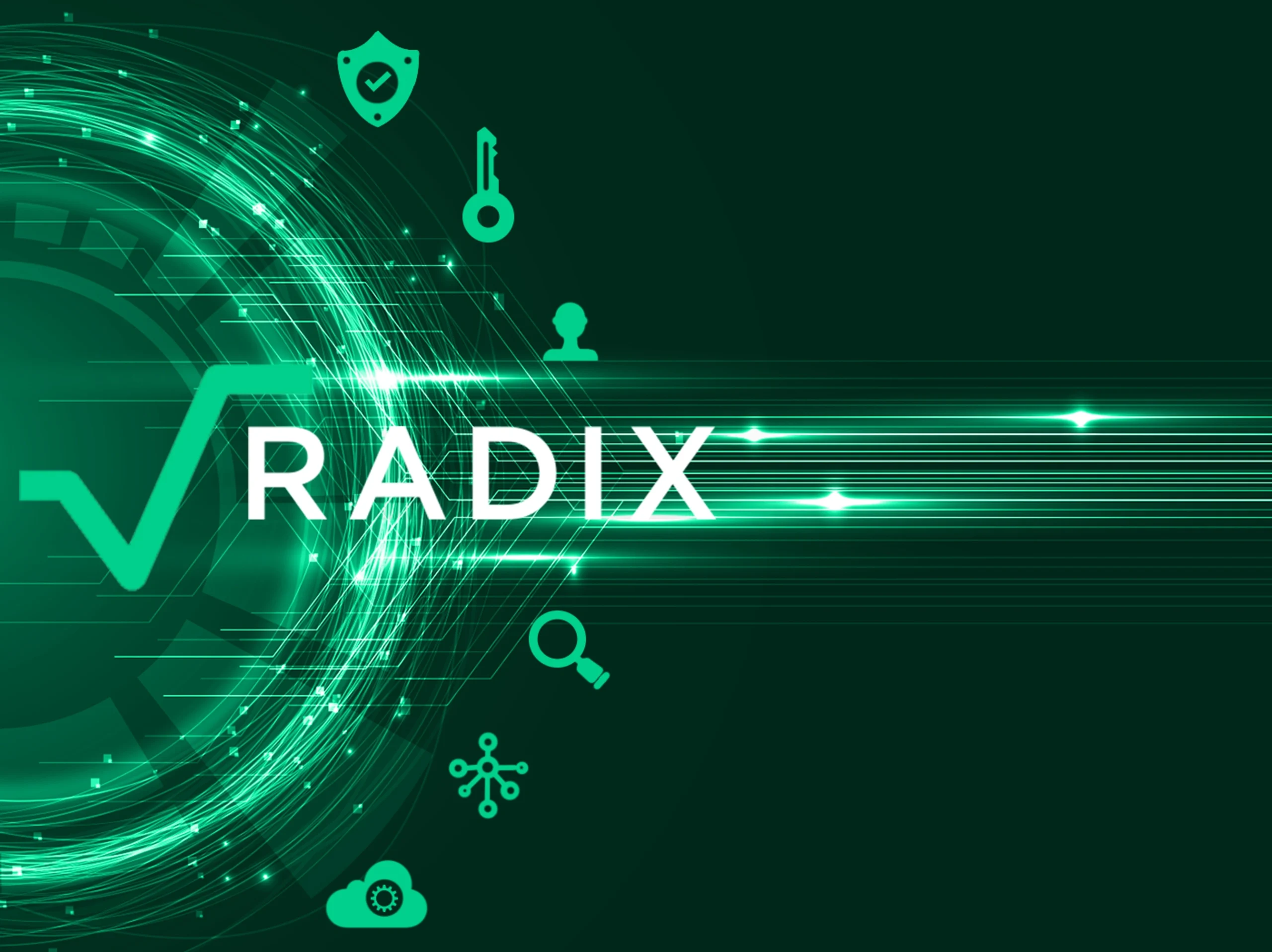Introduction
In the ever-evolving landscape of blockchain technology, Radix DLT (Distributed Ledger Technology) has emerged as a promising player, spearheading advancements in scalability, security, and usability within the decentralized finance (DeFi) space. This article explores the fundamental features of Radix, its unique approach to solving blockchain challenges, and its potential to revolutionize the way we engage with decentralized applications.
Understanding Radix DLT
1. Scalability Solution:
- Radix DLT is designed with a primary focus on scalability, aiming to overcome one of the most significant challenges faced by many blockchain networks. Its unique consensus algorithm, Cerberus, allows for a highly scalable infrastructure, enabling faster transaction processing and increased network throughput.
2. Purpose-Built for DeFi:
- Radix is purpose-built to support decentralized finance applications. Its architecture is optimized for the creation and execution of complex financial instruments, offering a robust foundation for a wide range of DeFi protocols.
3. Cerberus Consensus Algorithm:
- The Cerberus consensus algorithm employed by Radix is a breakthrough in blockchain scalability. By utilizing a unique sharding approach, Cerberus allows the Radix network to process transactions in parallel, significantly improving overall throughput.
4. Cross-Sharded Transactions:
- Radix supports cross-sharded transactions, enabling seamless interactions between different shards within the network. This feature enhances interoperability and allows for a more interconnected ecosystem of decentralized applications.
Core Features of Radix
1. Radix Engine:
- The Radix Engine is a critical component that enables the creation of complex financial instruments and DeFi applications. It provides developers with a powerful toolset to design and deploy decentralized applications with ease.
2. Developer-Friendly Environment:
- Radix aims to provide a developer-friendly environment, fostering innovation within the ecosystem. By simplifying the development process, Radix encourages the creation of diverse and sophisticated decentralized applications.
3. Public Network:
- Radix operates as a public network, ensuring accessibility and inclusivity for users and developers. This openness contributes to the decentralized nature of the network, avoiding centralization pitfalls.
4. Security Measures:
- Radix employs various security measures to protect the integrity of its network. The Cerberus consensus algorithm, coupled with ongoing security audits and research, ensures a robust defense against potential threats.
Radix DLT in Decentralized Finance
1. DeFi Protocols:
- Radix is poised to play a pivotal role in the evolution of decentralized finance by providing a scalable and efficient infrastructure for various DeFi protocols. This includes lending and borrowing platforms, decentralized exchanges, and more.
2. Financial Inclusion:
- With its emphasis on scalability and usability, Radix contributes to financial inclusion by providing a platform that can handle a high volume of transactions, making DeFi more accessible to a global audience.
3. Interoperability:
- Radix’s cross-sharded transactions and compatibility with other blockchain networks contribute to interoperability within the broader blockchain ecosystem. This interoperability enhances the overall usability of decentralized applications.
Challenges and Future Prospects
1. Adoption and Awareness:
- As with any emerging technology, the success of Radix relies on widespread adoption and awareness within the blockchain community. Educational efforts and strategic partnerships will be crucial in driving adoption.
2. Continued Development:
- Ongoing development and improvement of the Radix protocol are essential to address challenges and stay ahead in the competitive blockchain landscape. Community engagement and developer support will play a vital role in the project’s continued success.
Conclusion
Radix DLT emerges as a beacon of innovation in the decentralized finance space, tackling scalability challenges head-on with its Cerberus consensus algorithm. With a commitment to usability, security, and a developer-friendly environment, Radix has the potential to reshape the landscape of decentralized applications, particularly within the realm of finance. As the project continues to mature, it stands as an exciting testament to the ongoing evolution of blockchain technology and its transformative impact on the financial industry.
